Staying flexible isn’t just about being able to touch your toes—it’s about keeping your body comfortable, mobile, and resilient as you age.
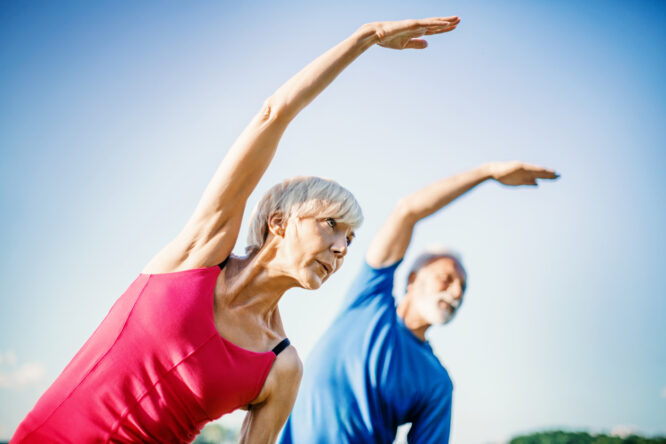
Flexibility supports balance, reduces injury risk, and helps you move with more ease in daily life. The good news is that it’s never too late to start, and even small shifts in your routine can make a big difference over time. You may never feel like a Cirque du Soleil performer, but working with whatever abilities your body has is incredibly rewarding.
1. Stretch consistently, not just occasionally.

Flexibility comes from frequency, not intensity. You don’t need to stretch for hours a day, but doing a little bit regularly—ideally daily or several times a week—will keep your muscles and joints feeling looser and more responsive. Even five to ten minutes of gentle stretching in the morning or evening can support mobility. Focus on areas that tend to stiffen with age, like the hips, hamstrings, shoulders, and lower back. The key is consistency over perfection.
2. Warm up your body before stretching.
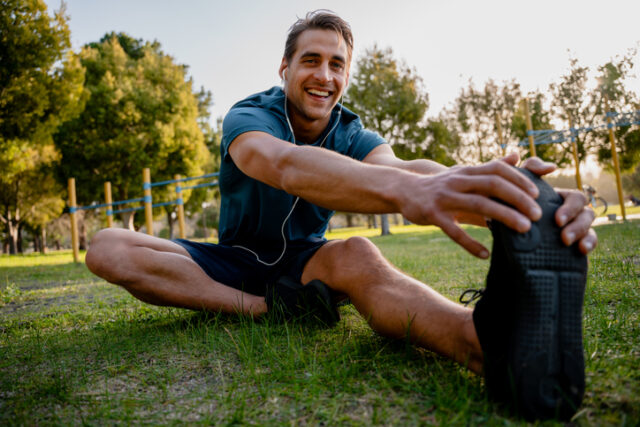
Stretching cold muscles can actually do more harm than good. Before diving into flexibility work, start with a few minutes of light movement—walking, marching in place, or gentle joint rolls. This gets your blood flowing and your muscles prepped for deeper movement. Think of it like preheating an oven. A bit of warmth goes a long way toward making your stretching more effective and more comfortable.
3. Include dynamic stretching in your routine.
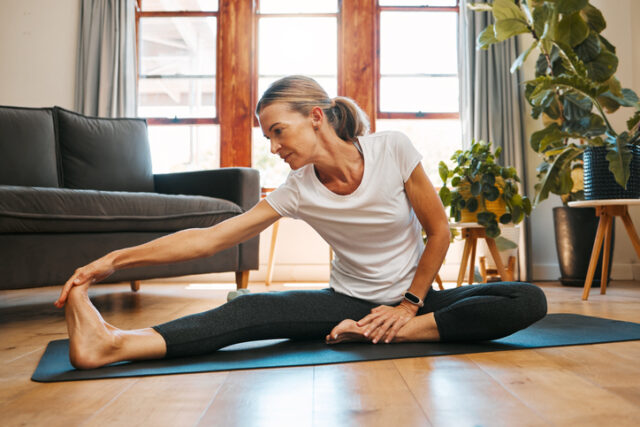
Not all stretching needs to be static. Dynamic stretches—like arm circles, leg swings, or gentle torso twists—help improve range of motion through movement rather than holding a pose. They’re especially helpful as part of your morning routine or before exercise.
These movements wake up your muscles and joints in a safe, active way. They’re ideal for getting your body moving without forcing anything, and they’re easier to stick with long term because they feel more natural and energising.
4. Stay active overall.

Movement supports flexibility. The more you use your body—walking, gardening, dancing, swimming—the more your joints stay mobile, and your muscles stay responsive. A sedentary lifestyle, on the other hand, can stiffen things up surprisingly quickly.
Low-impact activities like tai chi, yoga, or water aerobics are especially good for keeping you supple while also supporting balance and coordination. The goal is to keep moving in ways that feel good for your body at any age.
5. Pay attention to your posture.
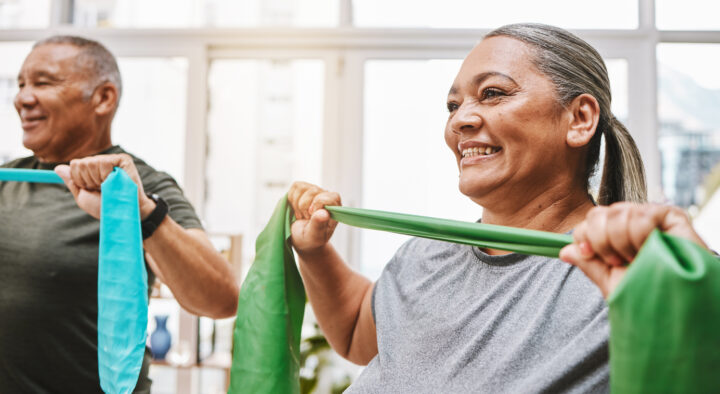
Over time, poor posture can lead to tight muscles and limited mobility, especially in the neck, shoulders, and back. Staying aware of how you sit, stand, and even sleep can reduce unnecessary strain and keep your muscles aligned properly. Try incorporating posture checks throughout your day, especially if you sit a lot. Gentle spinal stretches or back-strengthening exercises can help counter the effects of slouching and support more natural flexibility.
6. Hydrate your body (yes, it matters for flexibility).

Muscles and connective tissue need water to function well. When you’re dehydrated, your fascia—the thin layer surrounding muscles—can become sticky and tight, making it harder to stretch or move comfortably. Drinking enough water supports your body from the inside out. Pairing hydration with movement helps you stay limber, especially during warmer weather or after exercise when your muscles need more support.
7. Don’t push into pain.

There’s a difference between a gentle stretch and a painful one. When working on flexibility, ease into movements and stop before you feel sharpness or strain. Pain is your body’s way of saying “not yet”—and ignoring it can lead to injury. Instead of forcing progress, build trust with your body by staying just below the edge of discomfort. With time, your range of motion will improve without triggering resistance or tension.
8. Breathe deeply while stretching.
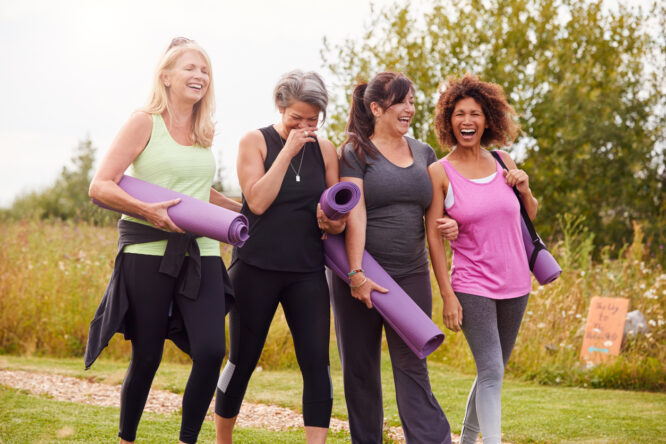
Breath helps your body relax, especially when you’re stretching tight areas. Holding your breath can create tension, while slow, deep breathing encourages your muscles to soften and release more fully. Try exhaling as you ease deeper into a stretch. It signals safety to your nervous system and helps your body settle into the position without fighting it. Breath is one of the simplest tools to make stretching feel more effective, and less frustrating.
9. Work on both flexibility and strength.

It’s not just about being bendy. Strong muscles support flexible joints, and the two work best when balanced. When one is lacking, the other can become strained or unstable, leading to stiffness or discomfort. Include gentle resistance exercises like bodyweight squats, light weight lifting, or Pilates alongside your stretching. This keeps your body stable, supported, and more likely to move comfortably through its full range of motion.
10. Use tools to support your practice.
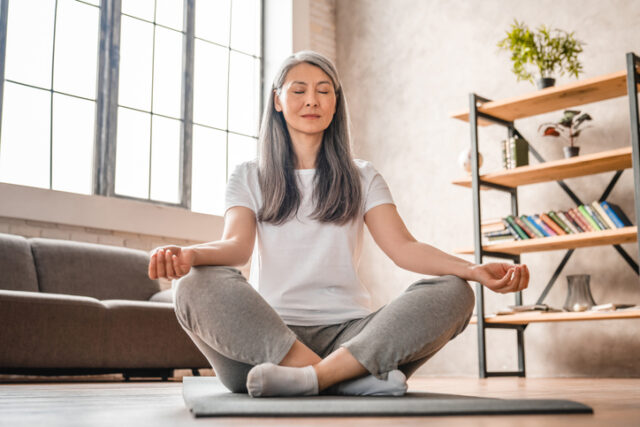
Stretching isn’t about contorting yourself—it’s about creating space in your body. Props like yoga straps, foam rollers, or even a rolled-up towel can help you reach and relax into positions without strain. These tools are especially helpful if you have limited mobility or are just getting started. They reduce the pressure to “do it right” and help you stay safe while still making meaningful progress.
11. Make it a habit, not a one-off fix.

Flexibility doesn’t stick around unless you keep at it. Treat it like brushing your teeth—something you do regularly, not just when there’s a problem. A few minutes a day adds up far more than a once-a-week stretch session. Try anchoring your routine to another habit, like stretching while watching TV or before bed. Making it part of your rhythm makes it easier to maintain long-term flexibility without it feeling like a chore.
12. Listen to how your body changes with time.
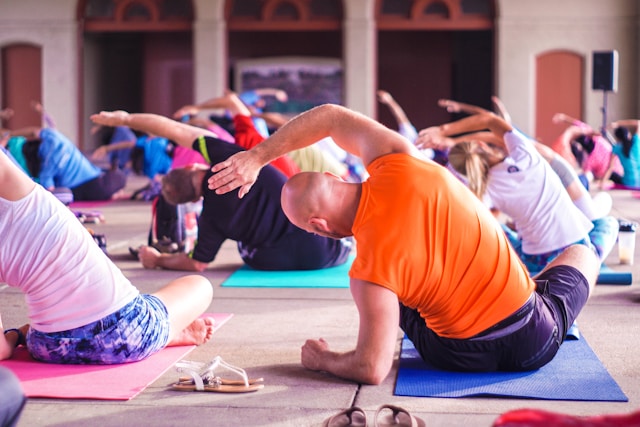
As you age, your body will shift—and that’s natural. What used to feel easy might need more time or patience now. Flexibility is about working with your body, not against it, and being responsive to how it feels day to day. There’s no prize for touching your toes—but there is value in being able to bend, reach, twist, and move through life comfortably. Respecting your limits while still staying engaged is the real key to lifelong flexibility.




